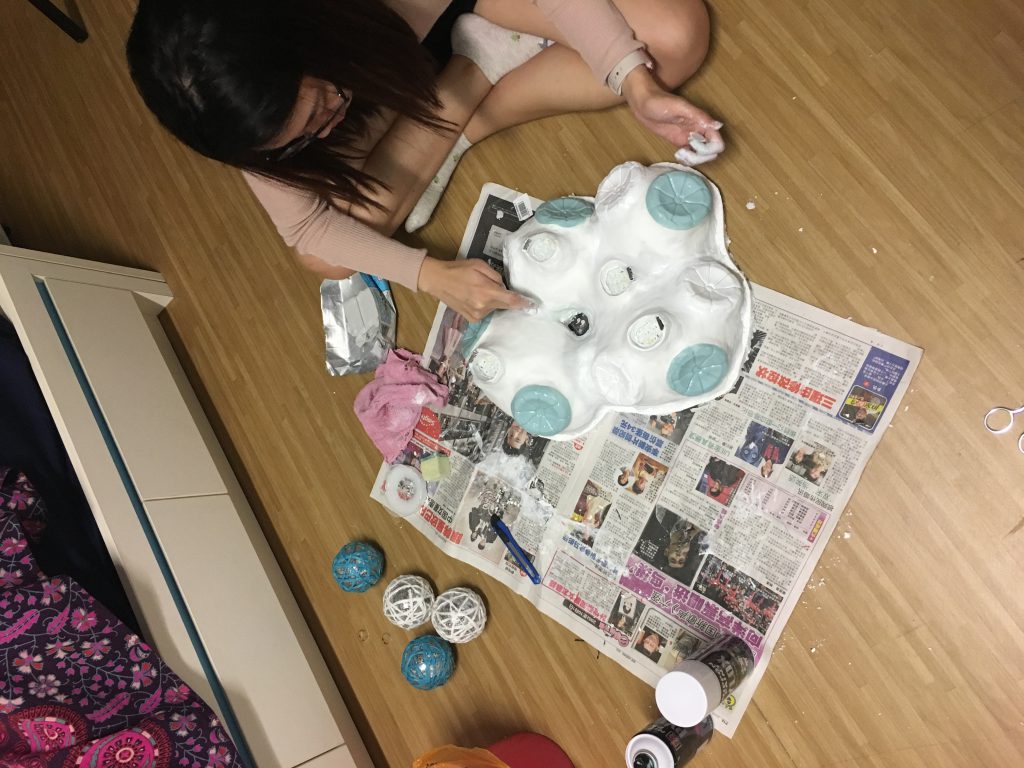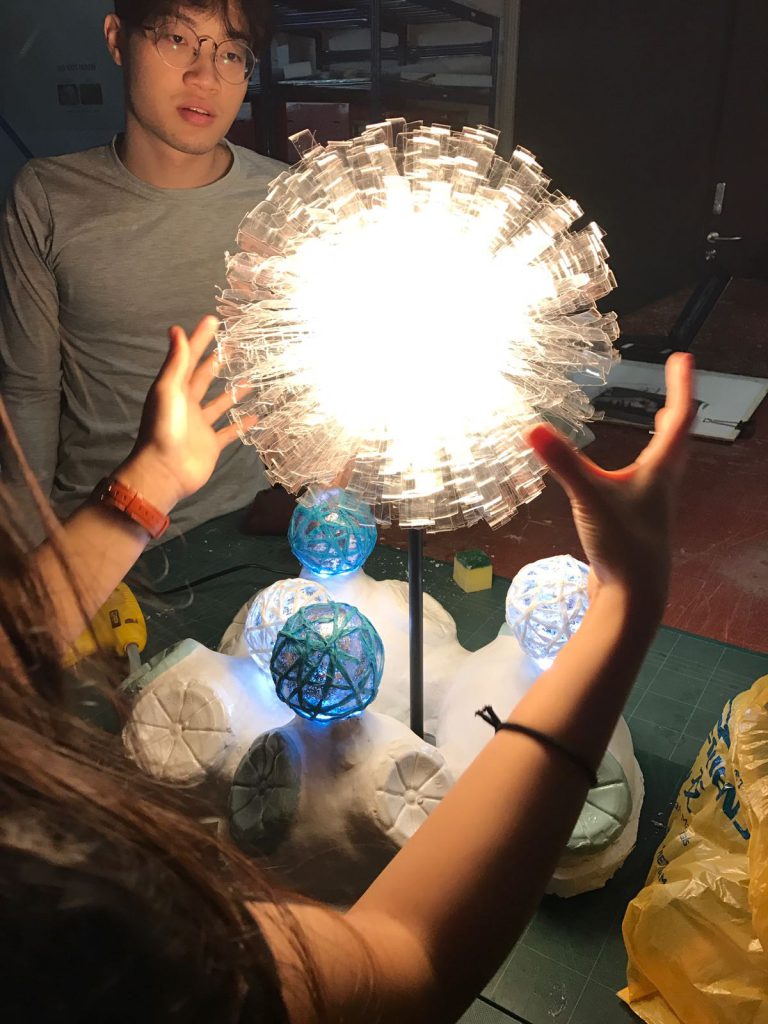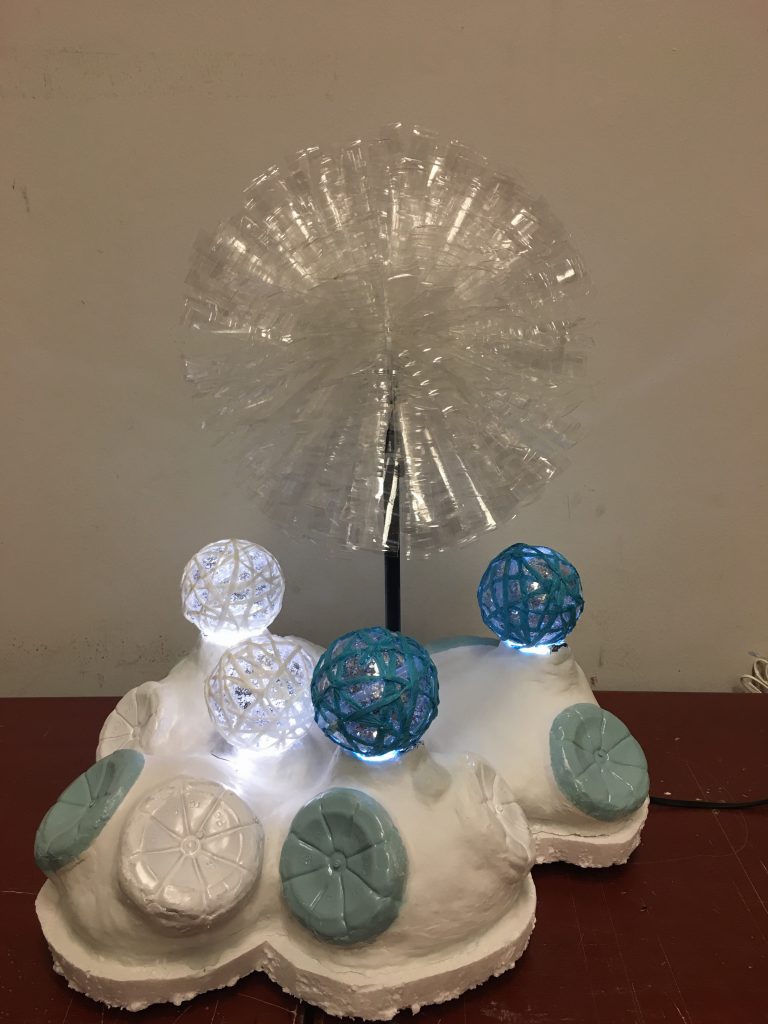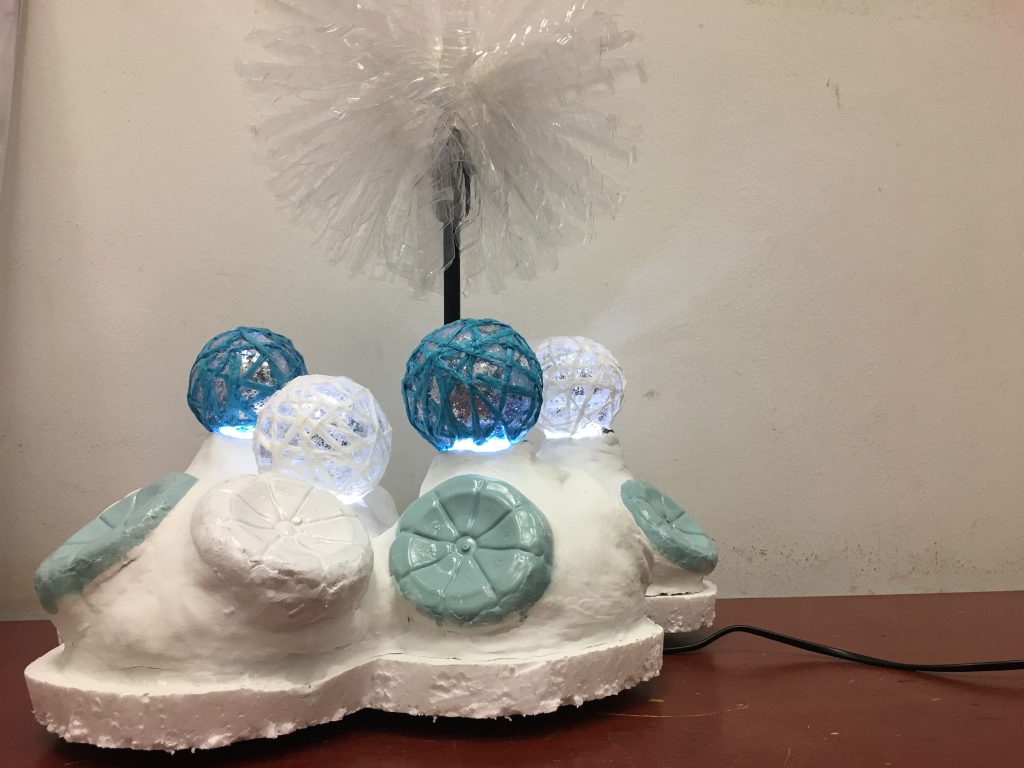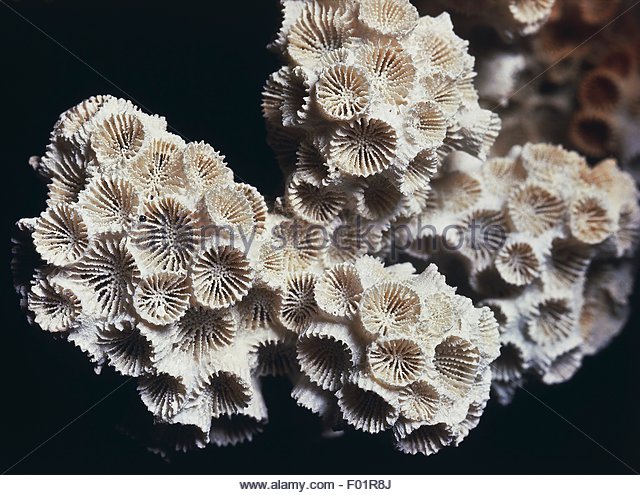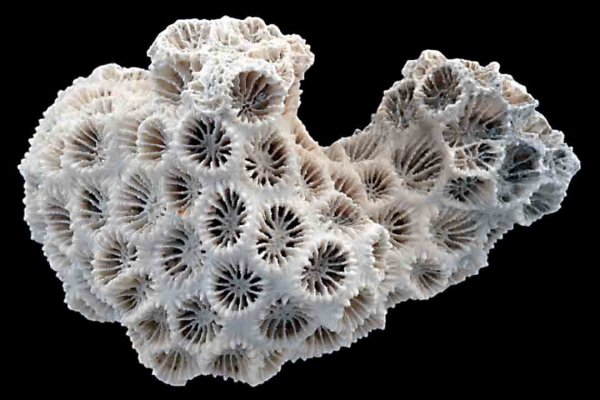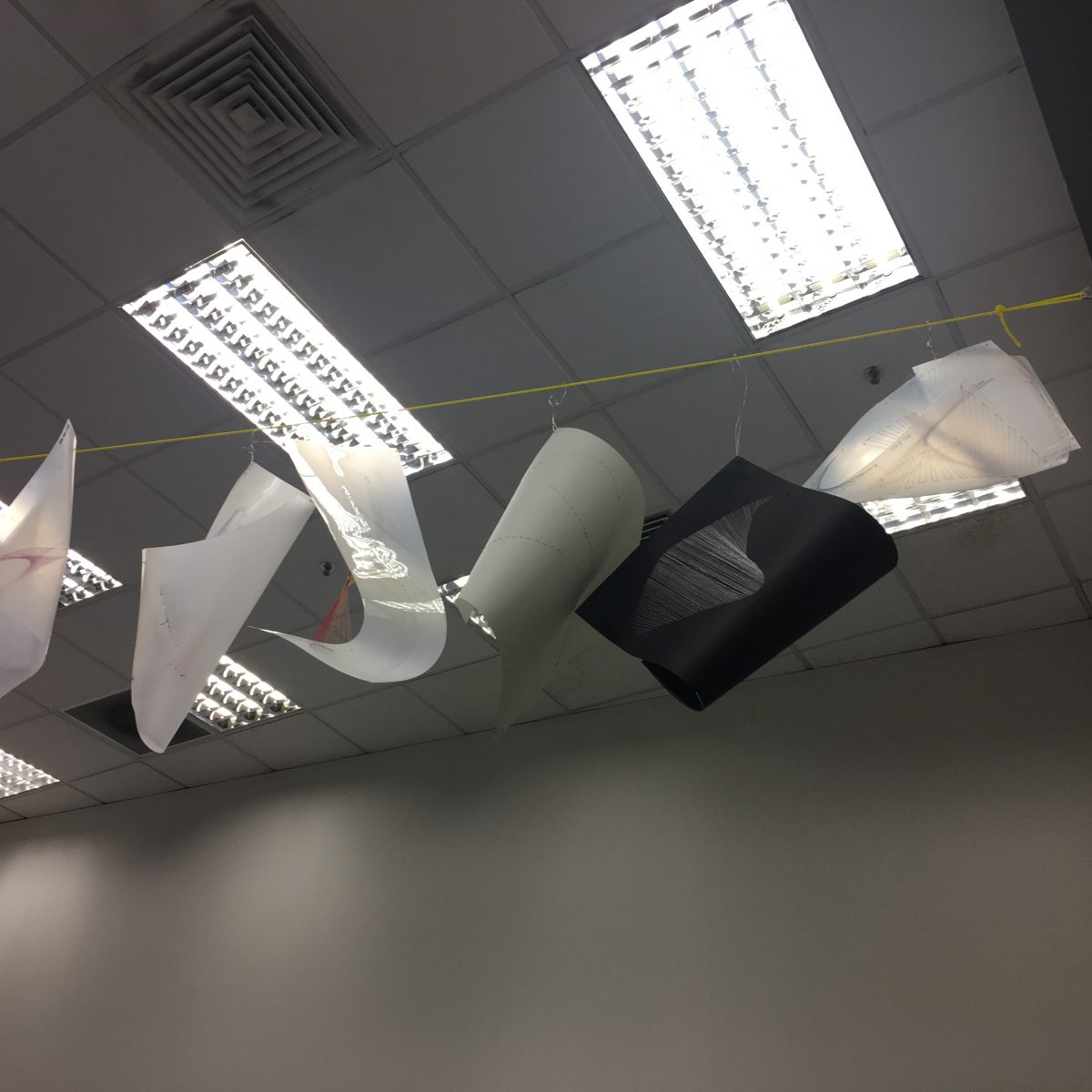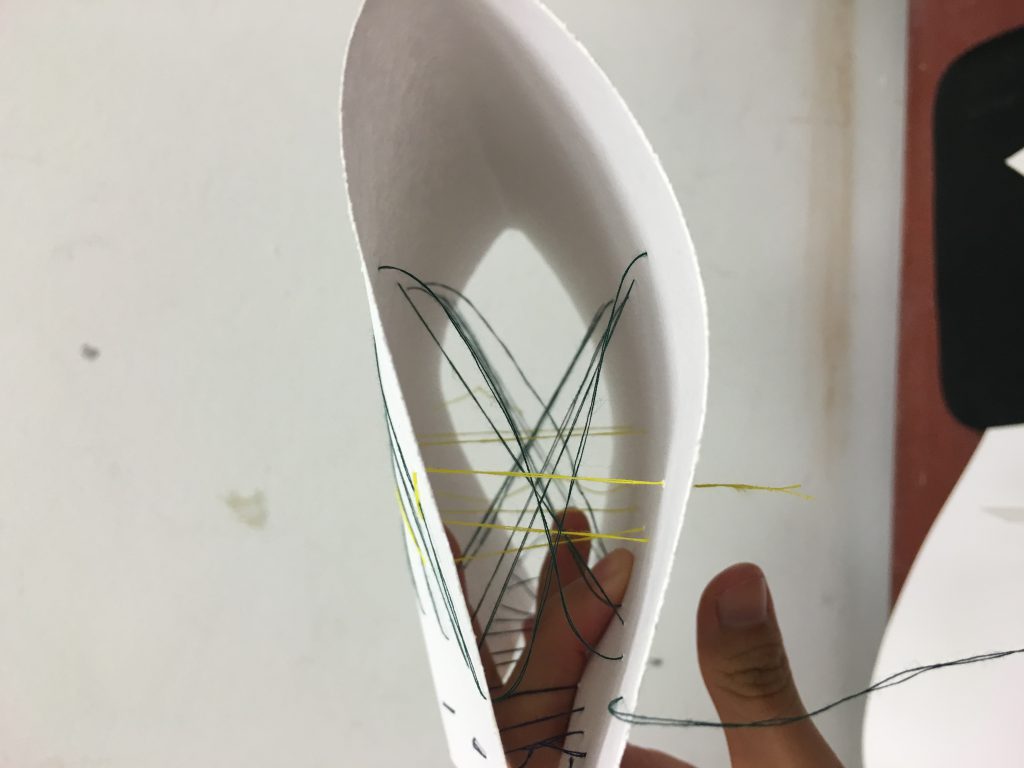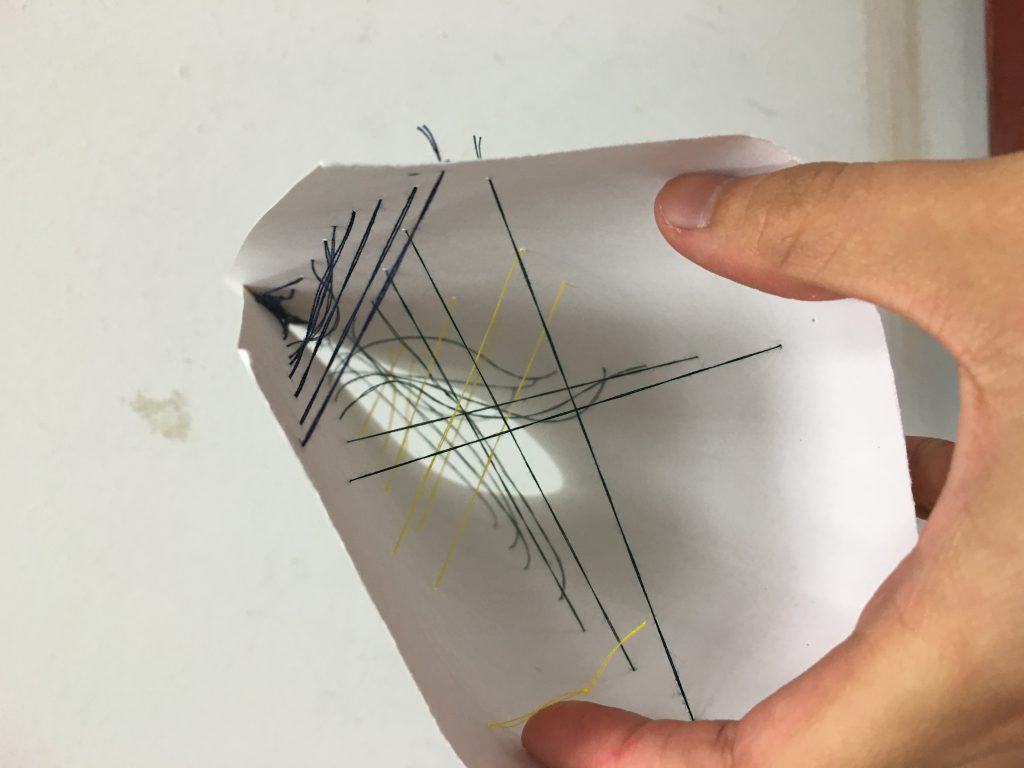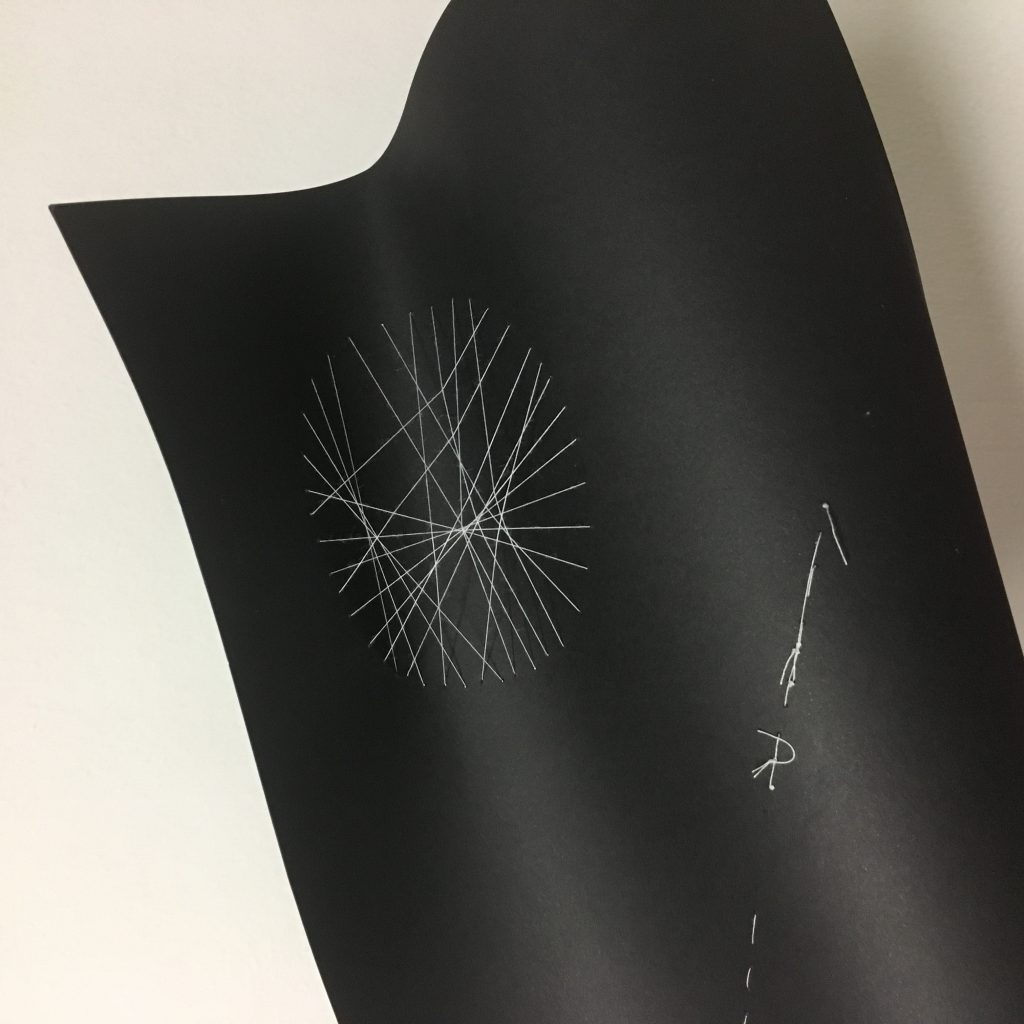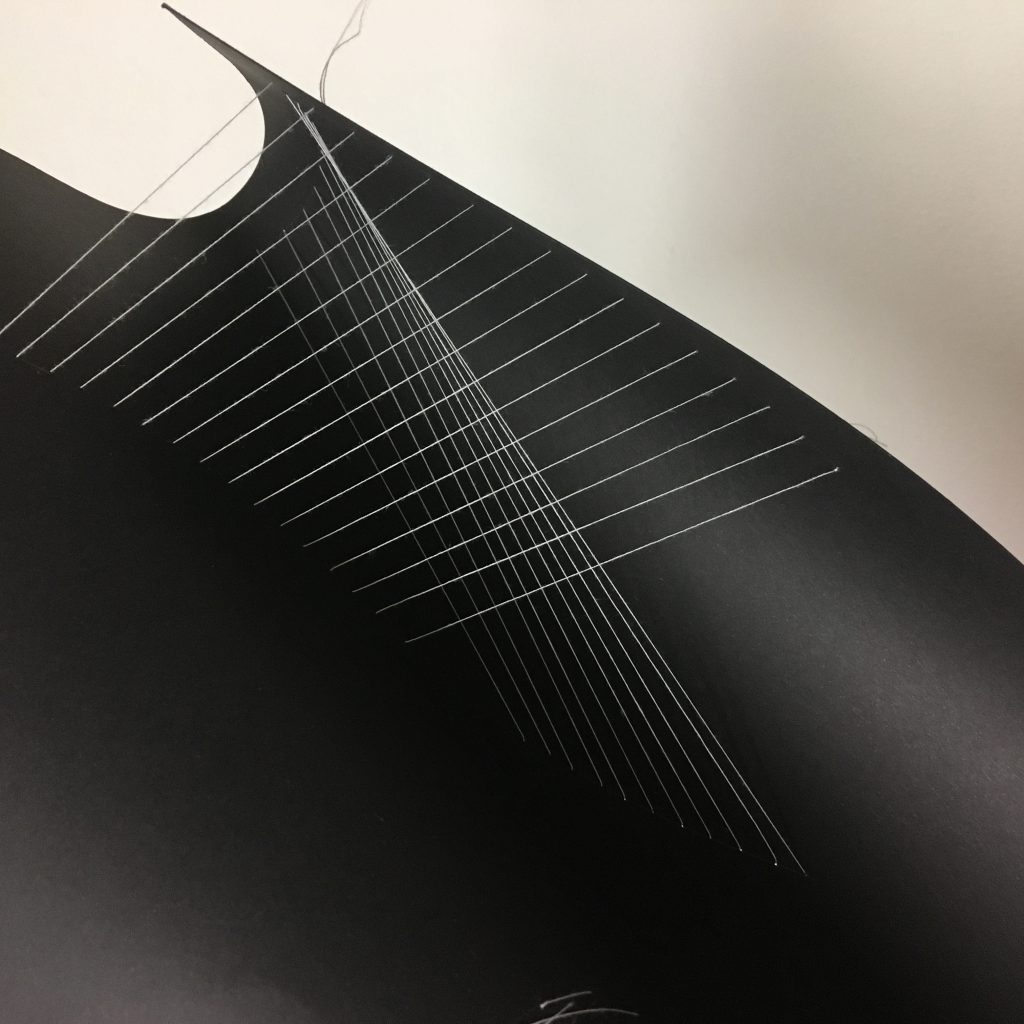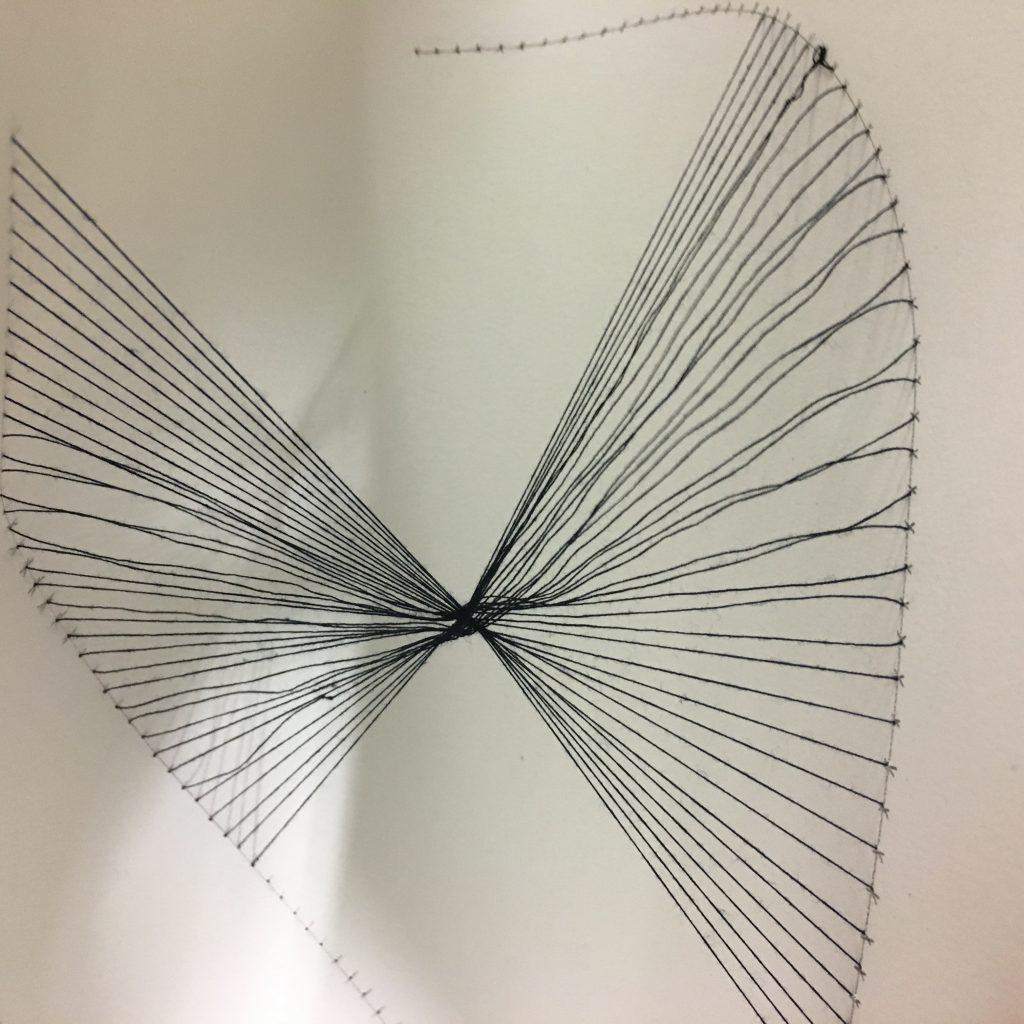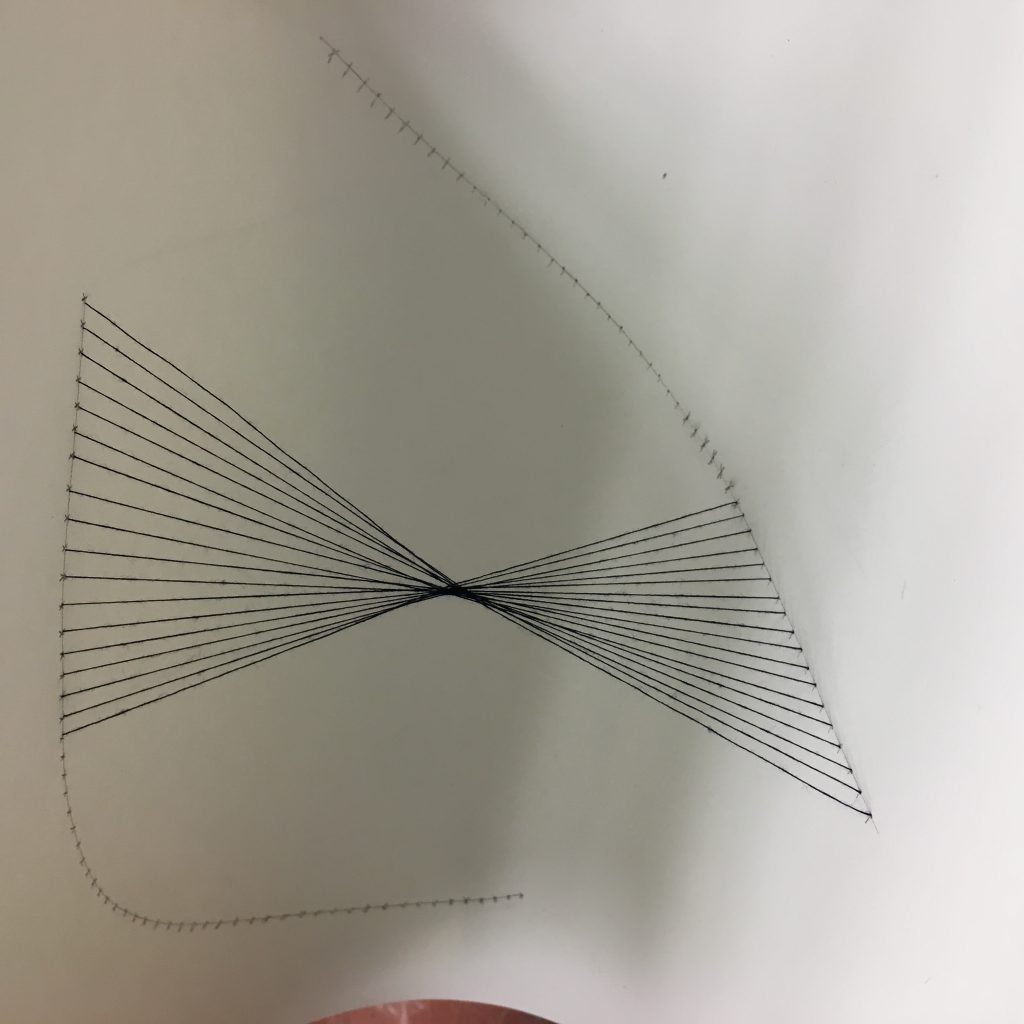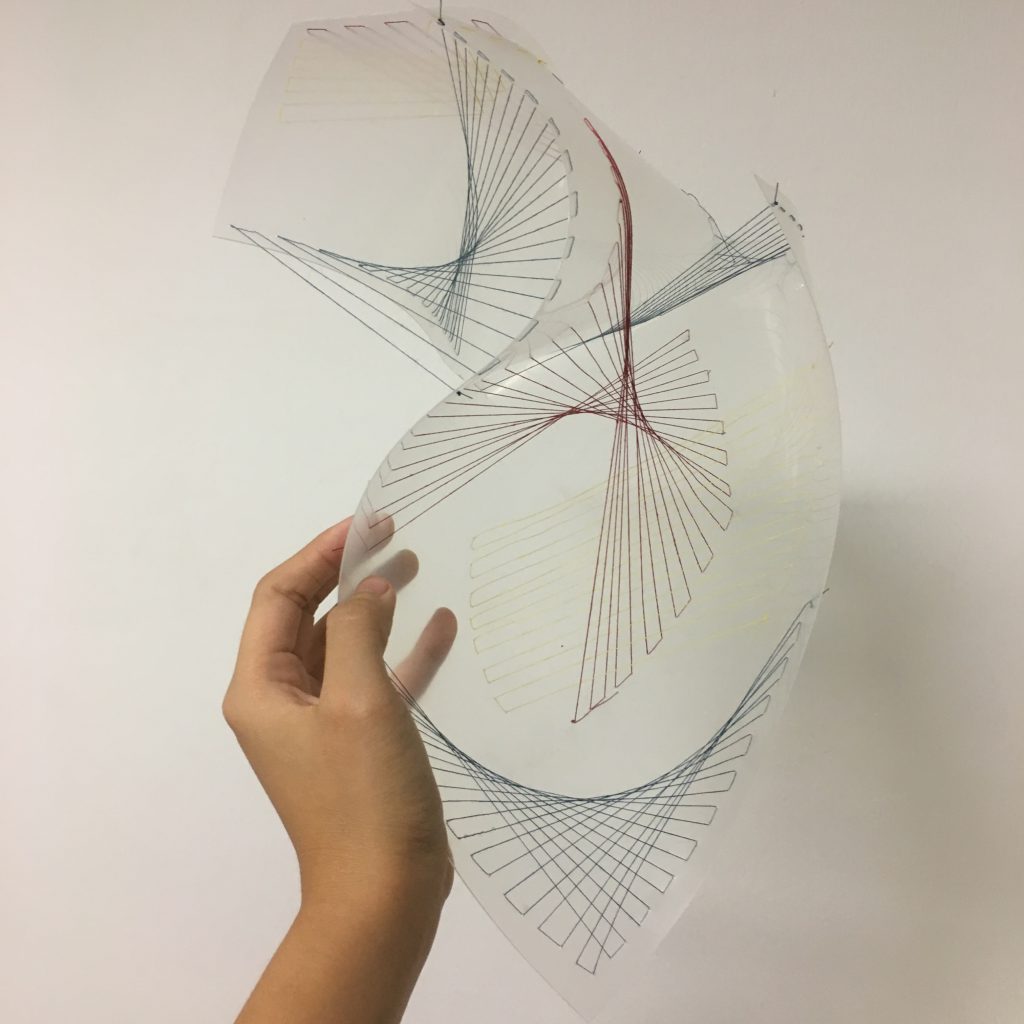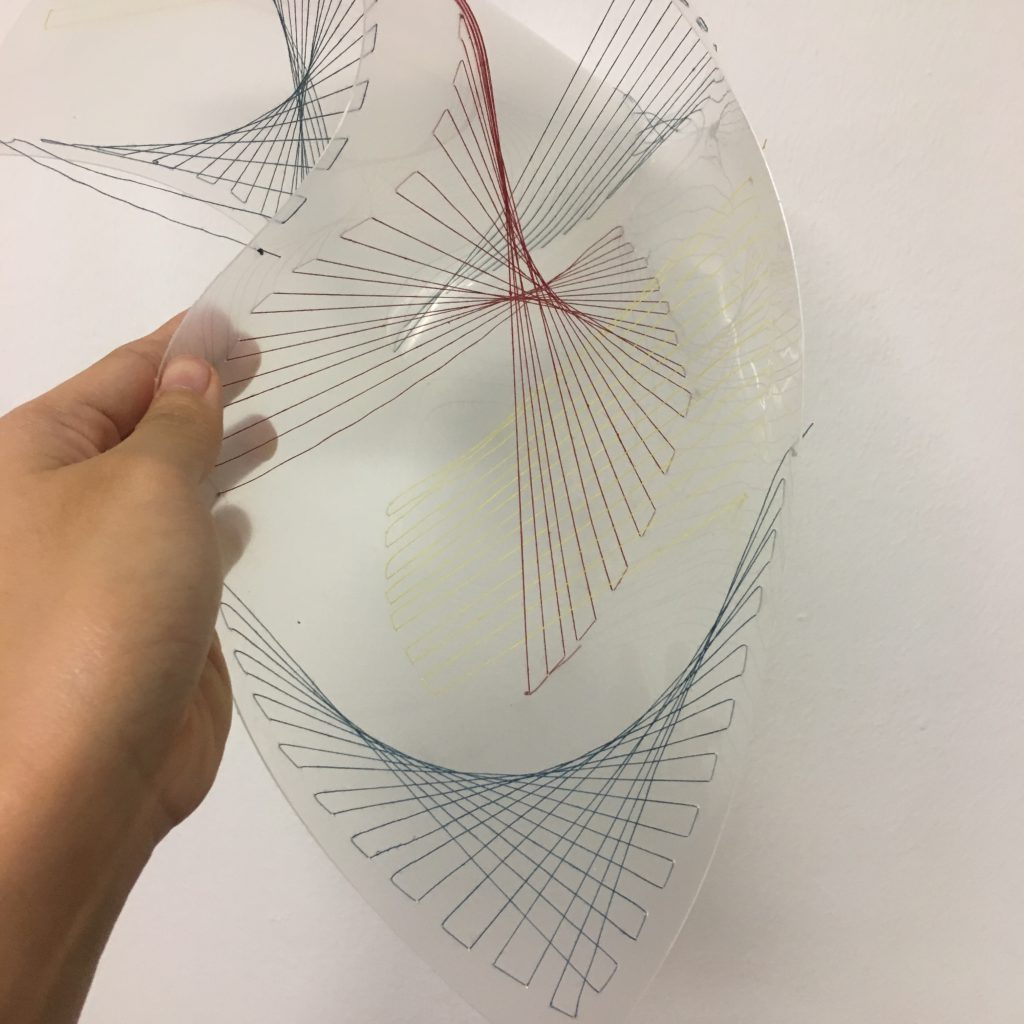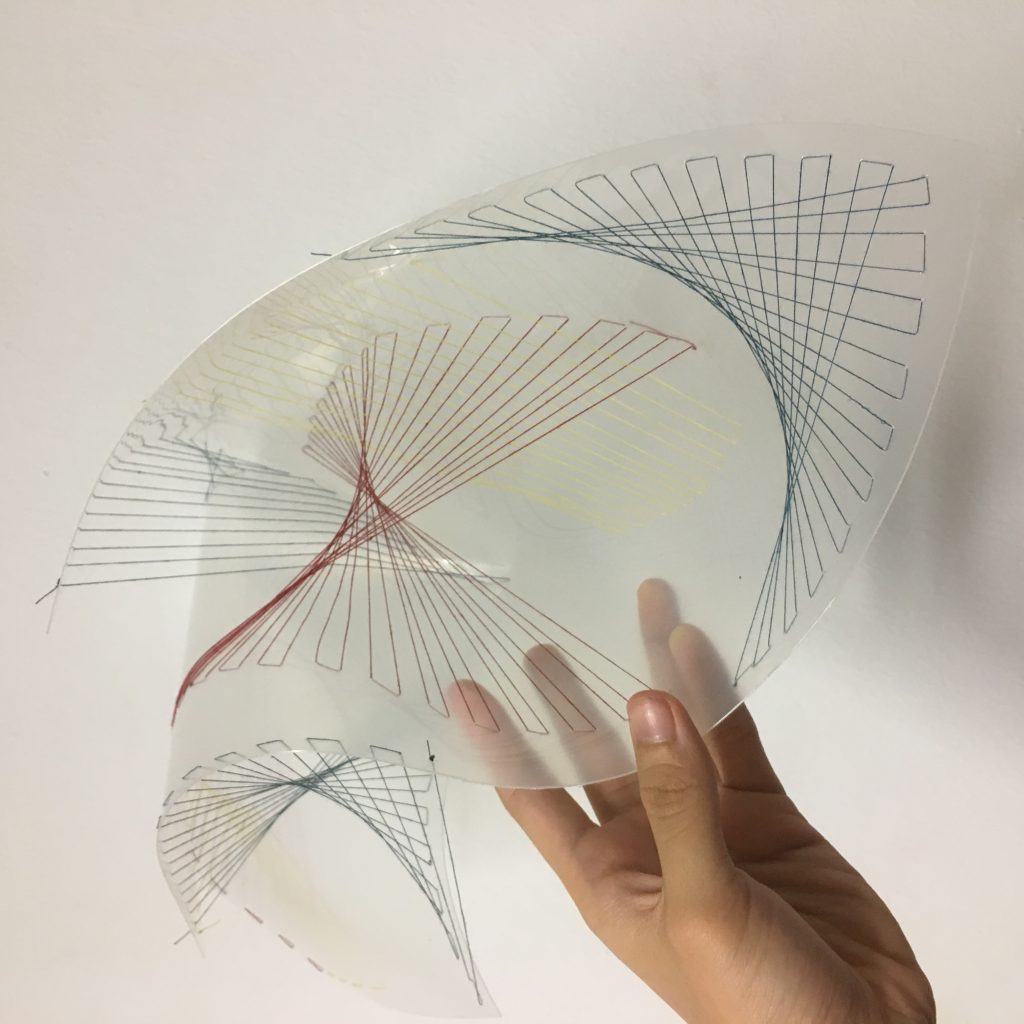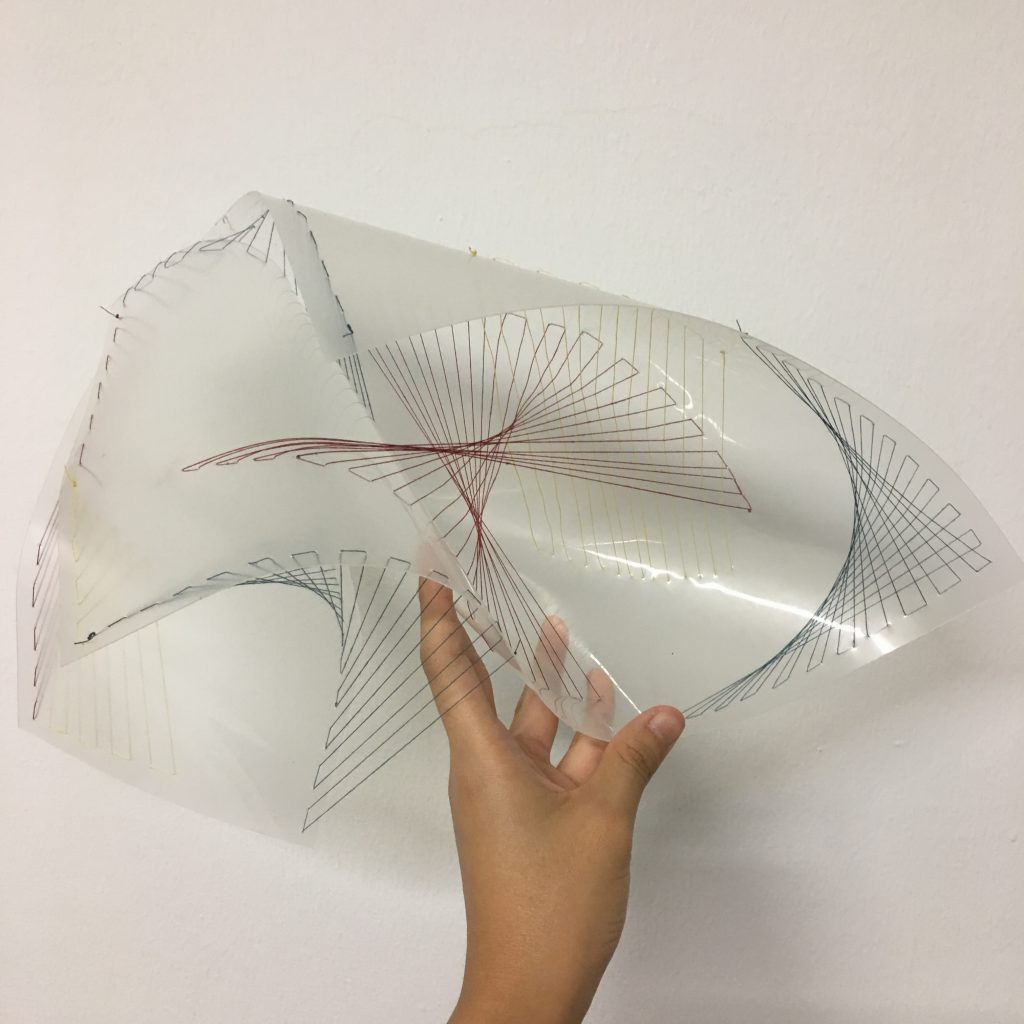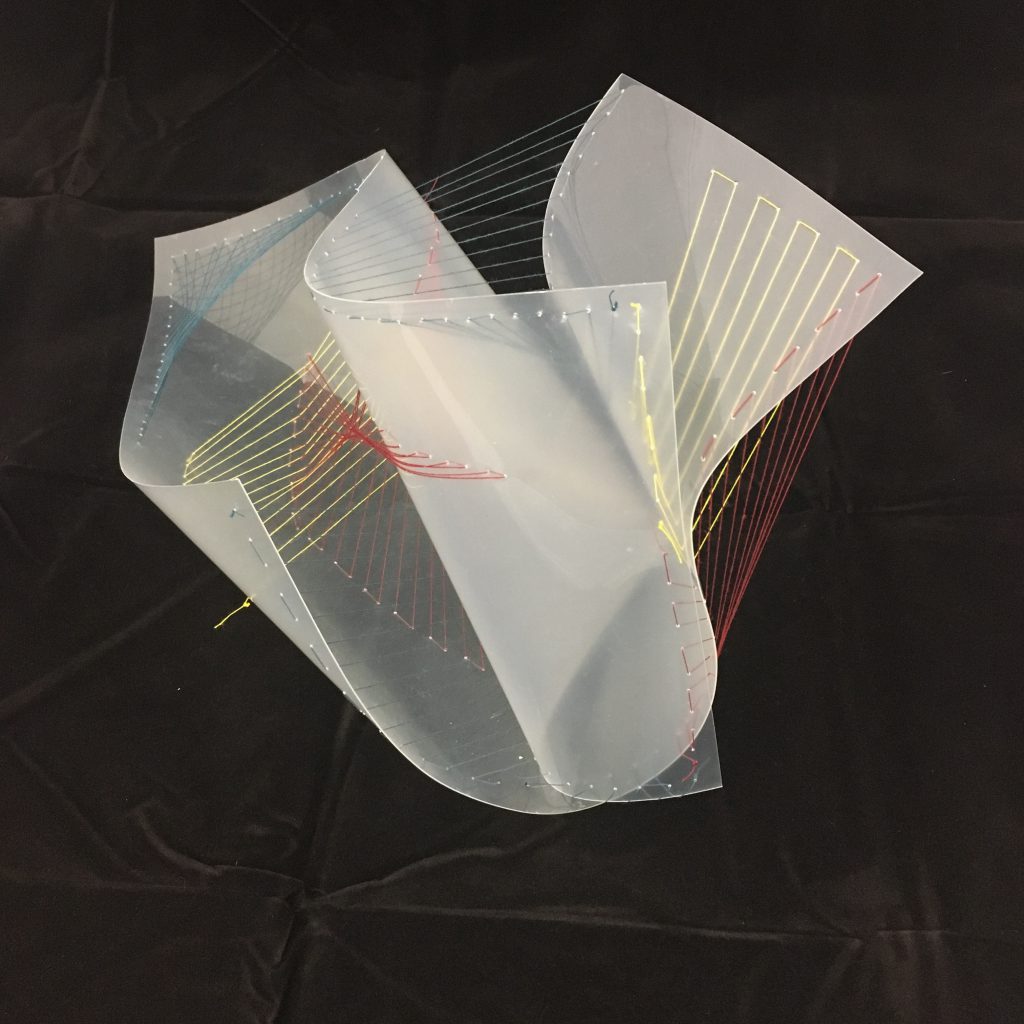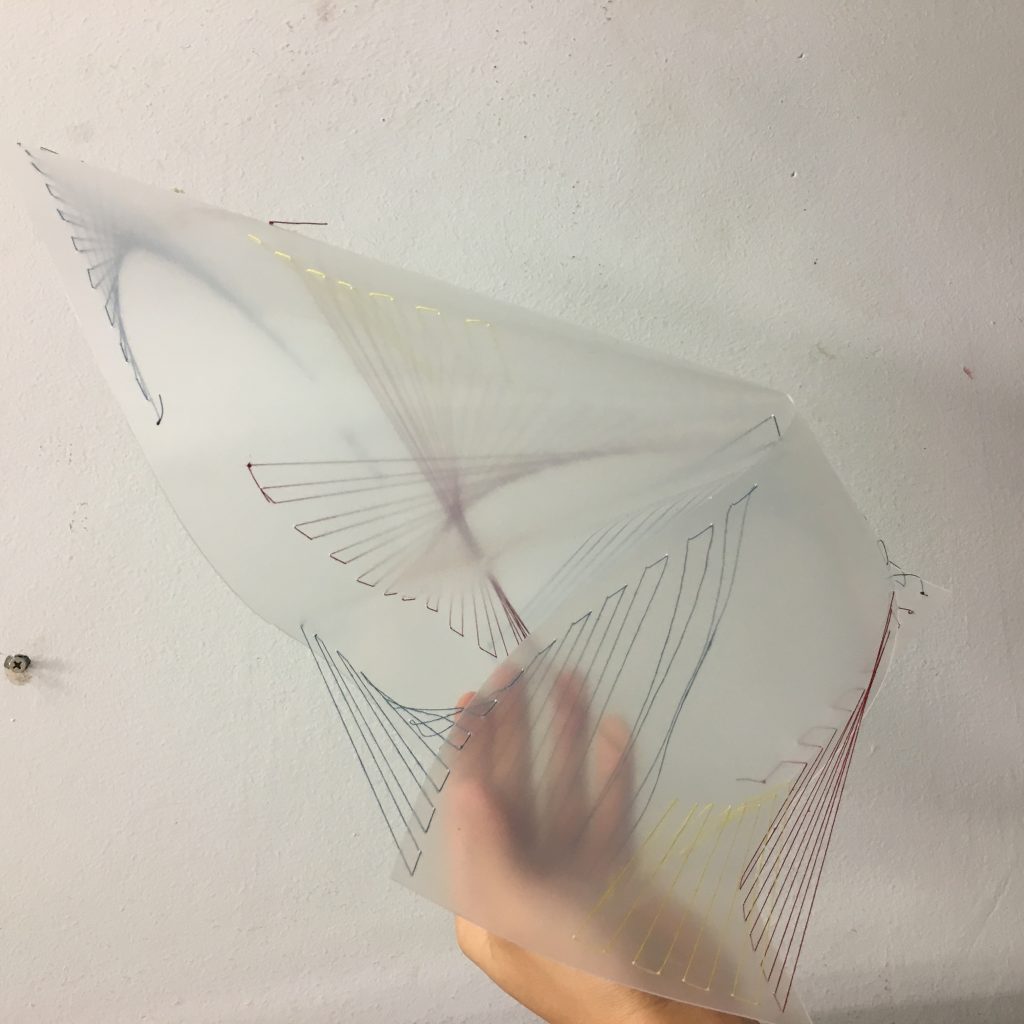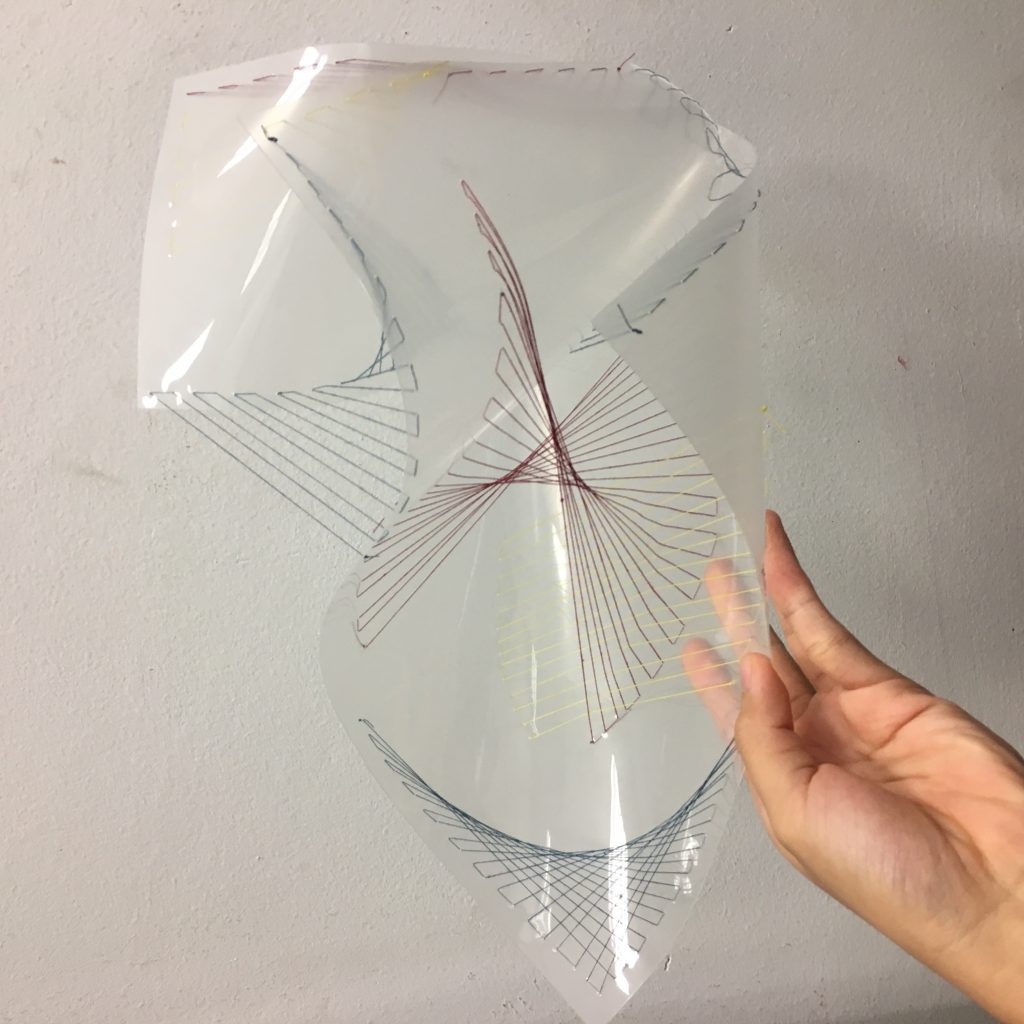Our final assignment of creating a lamp cover is finally done!!! I have worked with Cai Jing and Debbie for this project and we were the only group consisting of three people that is honestly quite challenging as we had to make use of a combination of three of our SEM models which were coral (mine), mould (debbie’s) and cotton (Caijing’s)
Here are some pictures that we took as we were making it. Initially, we wanted to do a paper mache of the landscape but it was too rigid in a way that if we wanted to change the shape of it in the last minute we would have to tear the whole thing apart. Thus, we decided to go with clay despite it being slightly more heavy. It was honestly a good decision we’ve made as we kind of made the lights interactive such that we made our own switches such that as a weight is applied on it, it will light up. We got the materials we needed and I made the lighting from scratch which was such an achievement for all of us!!
“Claying” and moulding the landscape.
The light balls that are the weights that switches on the light when it is placed on the landscape making use of caijing’s cotton sem.
Before the presentation when we tried the standing light on the huge plastic ball 🙂
When the light is switched on.
Pretty satisfied seeing how the ripple effect shadow turned out well! We wanted to show the water effect since corals are all in water and the landscape we made is like a depiction of corals.
It was so great working with Debbie and Caijing, this wouldn’t be a success without them!!!




